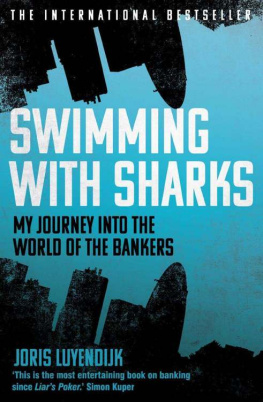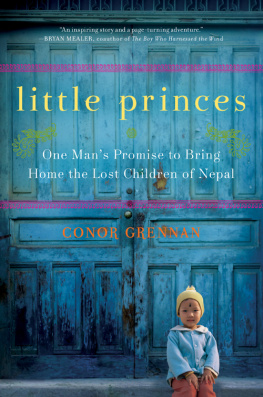SHARK$
INVESTIGATING THE CRIMINAL HEART
OF THE GLOBAL CITY
Conor Woodman

1 3 5 7 9 10 8 6 4 2
First published in 2017 by September Publishing
Copyright Conor Woodman 2017
The right of Conor Woodman to be identified as the author of this work has been asserted by him in accordance with the Copyright Designs and Patents Act 1988.
All rights reserved. No part of this publication may be reproduced, stored in a retrieval system, or transmitted in any form or by any means, electronic, mechanical, photocopying, recording or otherwise, without the prior permission of the copyright holder
Typeset by Ed Pickford
Printed in Denmark on paper from responsibly managed, sustainable sources by Norhaven
eISBN: 978-1-910463-46-8
Kindle ISBN: 978-1-910463-47-5
September Publishing
www.septemberpublishing.org
CONTENTS
PROLOGUE
TONY SOPRANO. WHAT a guy. For eight years the world fell in love with the titular character from the hit HBO show and his gang of ill-doing friends. My brother was so seduced that he once confessed to me that he went through a phase of dealing with stressful situations by first asking himself, What would Tony do? Hes a doctor.
Criminal/gangster stories are one of the most enduring and popular genres in fiction. Whether in literature or TV and film, we are fascinated by characters who engage in nefarious deeds. Increasingly, plots glorify the rise and fall of a criminal, gang, murderer or thief and dwell on their personal power struggles with rivals or the law. Fictional criminals are portrayed on the surface as materialistic, street-smart, immoral, megalomaniacal and even self-destructive, but at the same time we are asked to believe that underneath theyre also able to express sensitivity and gentleness.
But is this anything like the reality?
Four years ago I began making documentary films about crime, first for the National Geographic channel and then for ITV and the BBC. In all, Ive made around thirty films about criminals of all shapes and sizes all over the world. Im talking about the thieves, the drug dealers, the kidnappers, the rapists, the conmen, the counterfeiters and the smugglers who earn their money by operating on the wrong side of the law.
I wanted to know not just who these people were but to find out what they were about. What made them tick. Does crime really pay? Do they do it for the money or is there something else that motivates them? And how does a person sleep at night when they have taken from another with seemingly little concern for their well-being? How does the real criminal stack up against the one on HBO?
I travelled between the worlds greatest cities on the hunt for the latest crimes and the criminals behind them. I particularly targeted the kind of crimes that you and I, or any tourist or business traveller, could fall foul of, and I was determined always not to dwell on the petty criminals for too long but rather to follow the chain of command as high as I could.
Today it may sometimes seem as though all crime has gone online and that the most dangerous criminals are lurking in our email inbox but my experiences suggested that this is far from the case. My travels all too often resulted in me coming face to face with some extremely dangerous and unpleasant individuals who very much operate in the real world.
Theres often an assumption that criminals are somehow less intelligent than the wider public but my experiences suggest quite the opposite. The one thing most of the criminals Ive met have in common is confidence. Whether this confidence is in their talent or their guile or simply their strength, many of these people are in no doubt that they are good at what they do. But that strength of character makes for a very good interviewee. My previous book Unfair Trade looked at how Big Business exploits workers around the world and also how, by banging an ethical label on their products, it simultaneously fooled us all into thinking they werent. Im curious about rip-offs. In order to research my films and this book the way I wanted to, I had to learn to be the rip-off merchants best friend.
If you have ever wondered about criminal behaviour too, then the chances are that you are one of the millions of people who have been a victim of a crime, or who know someone close to you who has been, because it is people like you and me that they target. These men and they nearly are always men seek out people like us because we have money. If youre looking for something to take away, this book could be read as a manual for how to protect yourself from them.
This was a difficult book to write. Many of the films I have made over the years about criminals were done with the help of cameramen and producers who shared the burden of the work. I have to thank them for supporting me on this journey. Films are unfortunately by nature very time-limited and often we must pick only the best soundbite to represent an individual. But I have revisited the interviews I conducted with these fascinating characters and Im happy that here I can afford them much more time to tell their stories. In the cold light of day, the stark brutality of their words has forced me to think of them again and wonder if they are still out there. I decided to call the book Sharks for that is how I see them: cold-blooded, calculating, circling around, waiting for the first sign of weakness to launch an attack. I want you to know where they lurk and how to spot them. The thought that you now are reading this does at least give me some comfort. With any luck, youll pay heed, and that makes one fewer person I need to worry about.
CHAPTER ONE
CRYSTAL CLEAR
Happy Mardi Gras, sweetie
LIKE MANY TOURIST towns, New Orleans, or Nawlins as the locals know it, enjoys basking in its former glory. Although during Mardi Gras it doesnt so much bask as strip off, douse itself in oil, pour a cocktail and sprawl out naked under the hot glaring sun of its former glory. During the worlds largest street parade, Nawlins is a suntanned, drunken, naturist of a town.
As with most drunks, Nawlins also has a few aliases, presumably for when other towns come looking for their money. It is variously known as the Big Easy, the City that Care Forgot, the birthplace of jazz or even the most northerly city in the Caribbean. Call it what you want, there is nothing like it anywhere else in the world. The city was once the largest slave trading port on the planet, which may explain now why it has a unique demographic of 60 per cent black and 30 per cent white inhabitants.
With the bottom having finally dropped out of the slavery market, New Orleans reinvented itself as a rival for Las Vegas as the USAs number one Sin City. Tourism is now by far the citys largest industry. Despite being ravaged by Hurricane Katrina in 2005, over 10 million visitors flock here every year, over a million of whom come for one week in February to get down and dirty, real dirty.
The celebrations for Mardi Gras, or Fat Tuesday if you prefer to parler anglais, begin to build over a four-week period beginning on the Feast of the Epiphany. In the last week, the party reaches a crescendo when parades and floats ride along the main thoroughfare, St Charles Street to Bourbon Street, the notorious centre of the downtown district known as the French Quarter.
Ive arrived in New Orleans in the middle of the chaos. Its a week before Mardi Gras and the party is beginning to warm up. The locals tell me that every night from now on will be crazier than the one before until the craziest night of them all on Fat Tuesday.
Next page
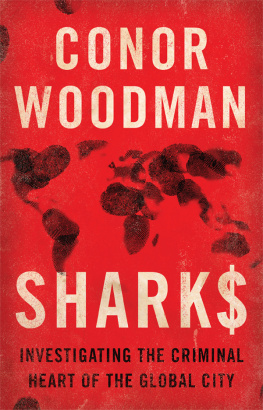

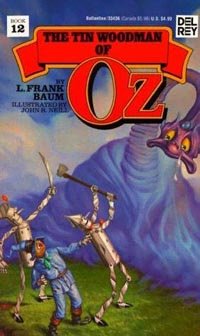

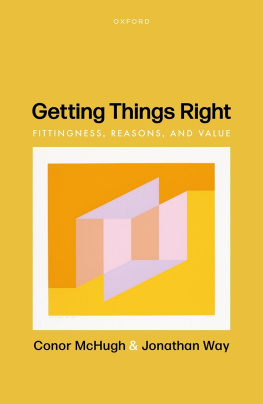
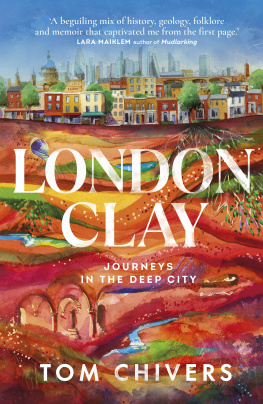

![Richard Woodman [Richard Woodman] - The Disastrous Voyage of the Santa Margarita](/uploads/posts/book/140251/thumbs/richard-woodman-richard-woodman-the-disastrous.jpg)
